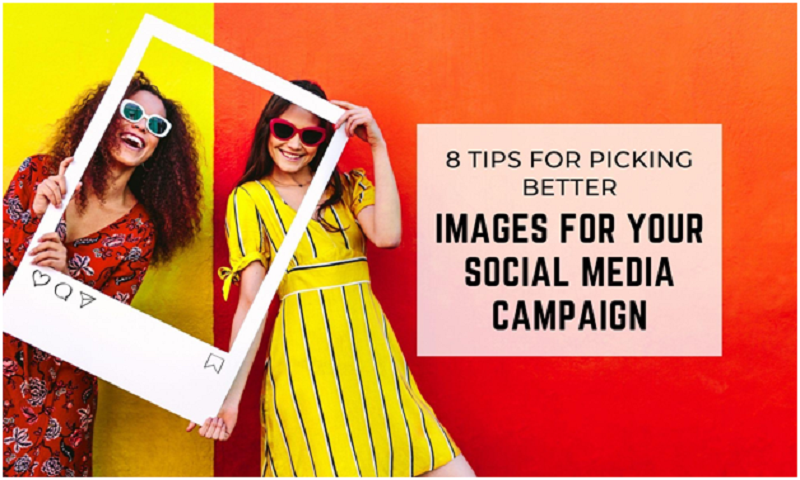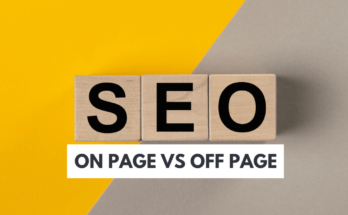Visuals can make or break your campaign on social media platforms. Pixelied’s thumbnail maker tool makes it easy for your campaign to have images that spark a like, comment, follow, and eventually buy what you are selling.
Solid visual content captures and moves audiences so much that they want to take action.
Tweets with visuals get as many as 3x more engagements. Facebook posts with photos tend to get more likes and comments. Even LinkedIn posts with images have a 98 percent higher comment rate, just on average. One cannot undermine the power of strong visual content. Here are a few tips to jumpstart your social media campaign through great visual content:
1. Do your homework on Creative 101
How do you create content that has the elements of a compelling visual? You have to learn the basics first before you hit upload, or you might be wasting your creative juices on content that could potentially turn off your target audience.
Clarity.
It helps to focus on your subject. After all, others are just noise in the background. Try having your image as the center and with a simple background. You could also try erasing the background and using presets to make your image stick to the audience’s memory.
Or you could follow the Rule of Thirds.
Just imagine dividing the frame into thirds, and your subject is best focused in either of the intersecting lines. There is no hard and fast rule to creating visuals, and it depends on the image and the context of what you want to put out on a specific platform.
Size matters.
Determine the right size of your image fit for different social media platforms. Some might be leaning towards larger images, while some are a little bit more restricting. Prepare to have the best quality image if you intend to use it on picture-heavy platforms such as Pinterest and Google Lens.
Less is more.
If you have too much going on at a given time, you might just stress out your audience. Decide on what you would like to highlight in your visual content and use other elements such as background and logos at a bare minimum.
Complementation.
Use colors that complement. There are helpful color wheel guides on that you can base on what color goes well when creating visual content.
Keep it simple.
Complexity will drive your image from pretty to awry.
Au Naturel.
Resist the urge to layer filters. You might just get a botched job in the end.
2. Decide on your social media strategy
Putting your social media targets to realize your business goals should be the first step. This is most important in deciding what visuals to use in your social media strategy. Once this is in place, it will serve as your guide as to what visual content is aligned with your brand.
Once the strategy is done, you should always focus on creating each visual content for your social media campaign. If you have too many goals and try too many things at once, you might just end up confusing your Instagram followers Famoid, which may negatively impact your brand., which may negatively impact your brand. If you are second-guessing what types of images to put out, you can search for and use free surveys and polls to find out what your audiences would like to see. There is also an option to check your competitors in the game and examine their posts with engagements to understand better what typically connects to your target audience.
It makes sense to create good branding that is noticeable but not blatant. It is common practice to put a small logo in a corner or the outer frame. Also, you can grow Instagram followers by using some tools.
3. Use free tools
You might want to set aside a budget for photographers and graphic artists. Bear in mind that this may cost a lot, especially if your business is just starting up. Art is not cheap. If your budget is tight, you can choose to be creative yourself and make use of available free tools to help you in your journey to making stunning visuals.
There are thousands of free templates, presets, backgrounds, and filters to create images that will resonate with your audience. You can try these free photo editors available online. For example, if your platform is Youtube, you can check Pixelied’s thumbnail maker tool and graphic editing suite.
To help develop consistent branding for your created visual content, stick to one or two templates from online applications for all the images on your campaign. It’s always better to err on the side of caution and go for grayscale or neutral colorways.
Sometimes too much color makes your images too busy and may put a strain visually. Reddish-orange photos do pretty well on Pinterest, while blue hues perform better on Instagram. These key differences highlight the importance of targeted posts for each social media platform instead of sharing the same image on social media.
It helps to do a little research on how visual content performs on a given social media platform. You might want to take a closer look at what is performing well in each online account to maximize your efforts.
4. Carefully tread the path of copyrighted images
There is also an option to use hundreds and hundreds of background photos and designs that are free, with no credit and royalty fee attached online. Just download them easily and edit them to your heart’s content.
Take time to sit and read through the fine print, rules, terms, and conditions when using free vectors, stock images, and illustrations. If you are unsure, you can always reach for the owner or the website where you have sourced the picture for clarification.
If you have decided to hire a graphic artist, you will have to draw in a contract or two to specify who owns the right to the image. Do you split it between the contractor and the business owner? Or will it belong to the artist? A contract will safeguard both you and your hired artist.
In case you decide to use user-generated content, be sure to give credit where credit is due. While it may be acceptable to you, your business might take a hit once the original content owner decides to call you out in public.
Be careful in selecting images and using them at will. You might just get yourself in a legal copyright battle. It’s important to understand copyright and be aware of the consequences that may arise once you misuse copyrighted images. When sourcing out stock images, always look for those free of credit and without royalty fees. Or you might just pay the higher price in taking a shortcut in picking random photos for your campaign.
5. Tasteful typography
Now that you’ve picked out your image, you can add some text to your visual. Should you decide to create quote images and use stylized topography, be straightforward, and concise. Most importantly, the text should always be legible and easy to read. Another thing to be sure of when creating quote images is their contrast ratio. You can use free contrast checkers online so that you can be sure of your visual content’s readability.
You can consider colors, patterns, styles, or type fonts that you have used in your past campaigns that brought in reactions and engagements to create more visual content along with those themes. You can base your campaign on your previous ones, but always remember these tips, especially when you decide to get your visuals out of your comfort zone.
While you are at it, you might also want to check out the text-to-image ratio of the visual you’ve created. While the best text-to-image ratio depends on the content itself, images with less than 20 percent text perform better on Facebook. They also offer a text-to-image balance, in case you might be interested.
6. Add in a bit of animation
The Tumblr era thoroughly used GIFs to their followers’ heart’s content with good reason. GIFs and videos are a great way to tell your story through your visuals. They can range from high-production IGTV films. From subtle photo animations to movie-like IGTV productions; you might just enjoy an upward stream of your visual content on social media platforms that allow for animated visuals.
7. Include alt-text descriptions
So you have created your very own visual content. Uploading it to social media is the first step to reaching your target audience, but not everyone experiences visual content the same way. You may want to make a tweak and produce alt-text descriptions to make it accessible to as many people as you possibly can. This way, you can make the most of your produced visuals to reach your target audience.
At the same time, you can potentially weed out your competitors that do not have alt-text descriptions in their images. Instagram, LinkedIn, and Twitter now make it possible to have alt-text descriptions to create visual content accessible to social media platforms. You might also earn customers’ loyalty and respect as a plus.
While it may seem tedious and require more effort, putting descriptive transcripts help in translating visuals to help audiences remember what your visual content is saying. People are more likely to remember information if it includes an image. Visuals are inclined to leave an impact on audiences.
8. Optimize for SEO
Now that visual search is popular in Amazon’s StyleSnap, Google Lens, and Pinterest Lens, you should also optimize visuals for search engine optimization (SEO). The catch is, Google bots cannot decode visual images, so you really need to put alt-tag descriptions on your pictures. It is crucial to put in descriptions for the right keywords and alt tags.
For Instagram and other platforms, hashtags substitute for keywords. You can also include rich text captions and geotags in your visual content to yield better search results.
Takeaway
Work on different visual content for every platform. Maximize the performance of your visuals to pull in a lot of engagements. Figure out the visual content that keeps your audiences excited and engaged. Do these eight tips to pick better images for your next campaign.
Keep your audiences in mind when creating visual content. They will only click on your image, react, or like if it resonates or speaks with them personally. So, go on right ahead and put in your creative hat to make visual content loyal to your brand and your audience.
Author’s Bio:

Shelly Solis is a digital marketer with more than a decade of experience as a freelancer. She previously worked with clients in the health, tourism, photography, technology, finance, and engineering niches.
She is the co-founder of SaaSLaunchr: SaaS Marketing Agency, a marketing service provider for SaaS businesses.
Guest Post Service By www.guestarticlehouse.com




